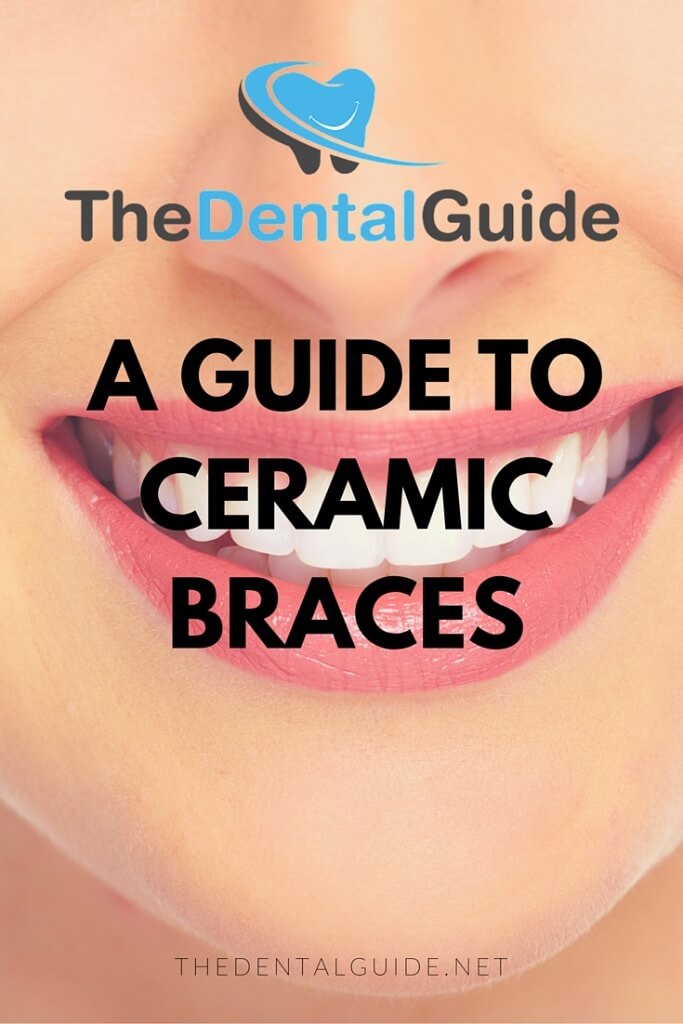Dental braces have been around in one form or another for decades. One of the advancements which has occurred during recent times is the ability for a child or adult to choose ceramic braces over their traditional metal counterparts.
Some are unfamiliar with how these mechanisms differ from metallic braces and they may not be aware of some common issues that could indicate their use. To take the guesswork out of this process, let’s have a quick look at these types of braces in greater detail.
Similarities Between Ceramics and Metallic Braces
The main similarity between ceramics and normal braces is that there will be a metallic wire connecting each individual tooth. In the very same way, tightening occurs much as it normally would.
Ceramics can still cause a certain amount of discomfort; their surfaces may irritate those with sensitive teeth and gums. Much as with metal braces, regular brushing and flossing must occur to prevent the accumulation of plaque.
Differences
Ceramic is not as strong as metal. So, smaller adjustments will need to take place to achieve the same visual results. To put it another way, ceramics normally have to be worn longer than traditional braces. They are also more fragile and thus, susceptible to accidental damage.
As ceramic is harder than tooth enamel, there can be times when these braces cannot be placed upon the bottom row of teeth (for example, if the patient has an overbite and the braces would dig into the top teeth).
We should mention here that ceramics can be noticeably more expensive than metal braces. This arises from the cost of manufacturing the brackets themselves as well as the increased treatment times.
On a final note, ceramic bases tend to be larger than metallic bases. A wider surface area of the tooth is needed to keep the appliances in place. There can be instances when this increased size causes discomfort to the inside cheeks or gums. Still, this is not always the case.
Why Are These Braces Used?
It should be noted that from a purely medical point of view, the same results can be achieved with ceramics as would be experienced with metallic braces. The main reason that one would choose this alternative revolves around aesthetic concerns.
Dentists could recommend ceramics to a patient who has extremely light-coloured teeth (they will be much less noticeable). Ceramics can be formed in a variety of different hues and another popular option is for the braces themselves to be completely clear (except for the wire). Anyone who is extremely self-conscious might choose this possibility.
Are ceramic braces the right option for you or for someone you know? Taking into account the variables that we have just discussed should clarify this question. While they have certain downsides (such as longer treatment times and the possibility of breakage), the aesthetic appeal offered could very well supersede these concerns. As we are provided with only one smile, this can be quite an important decision!
